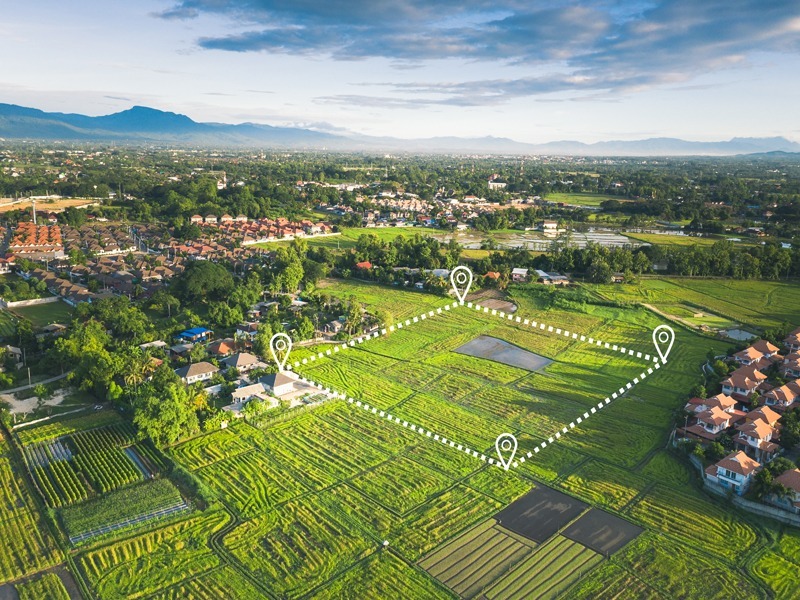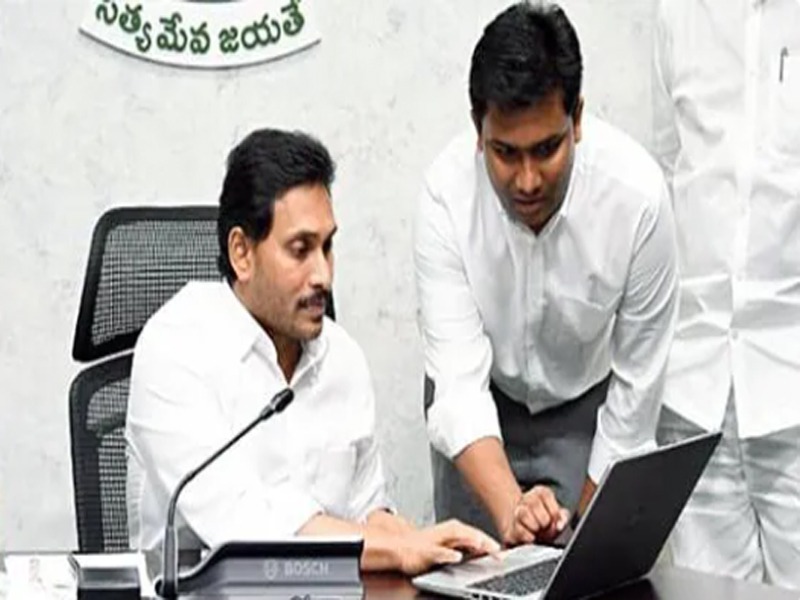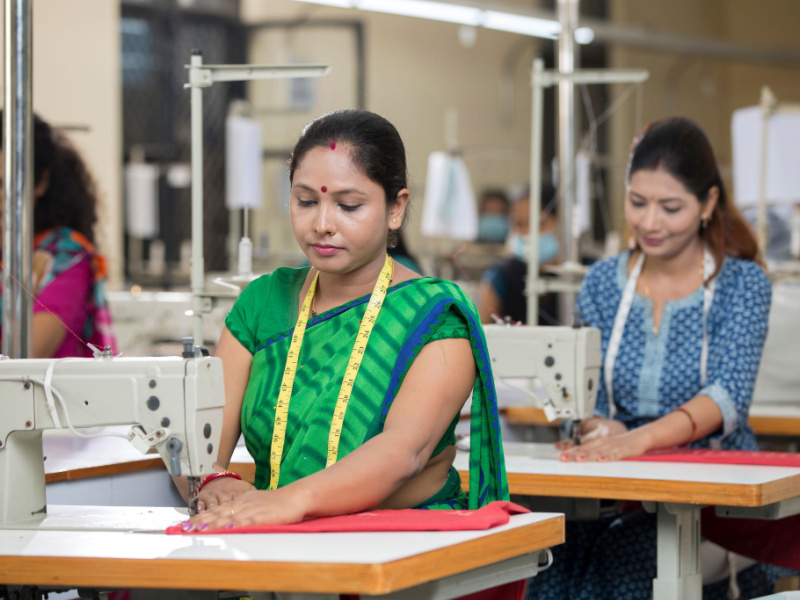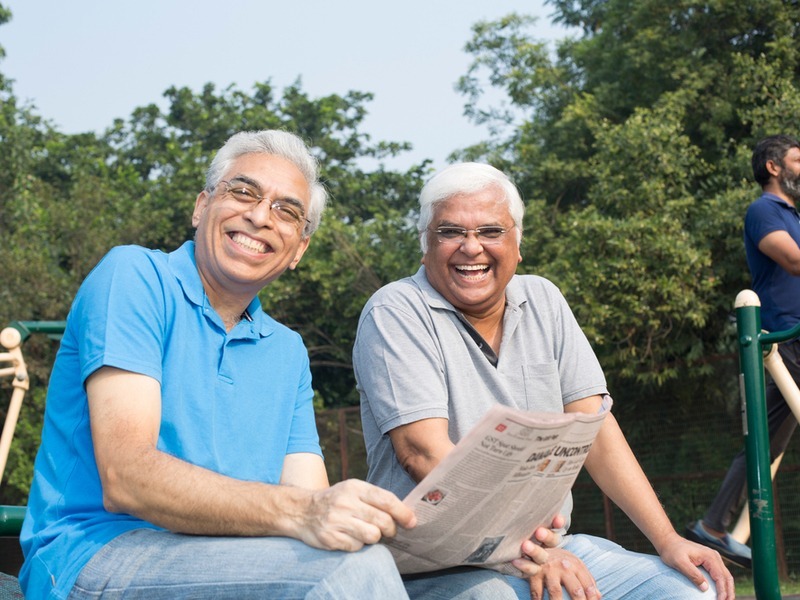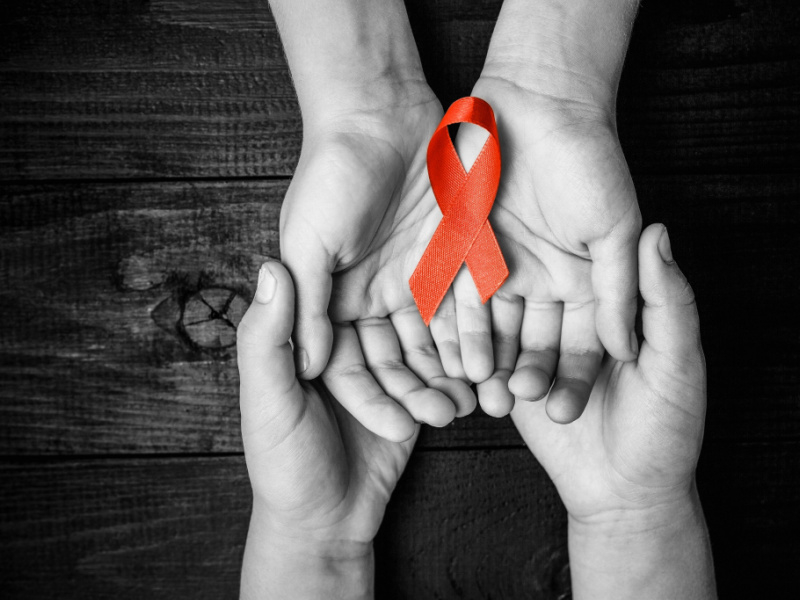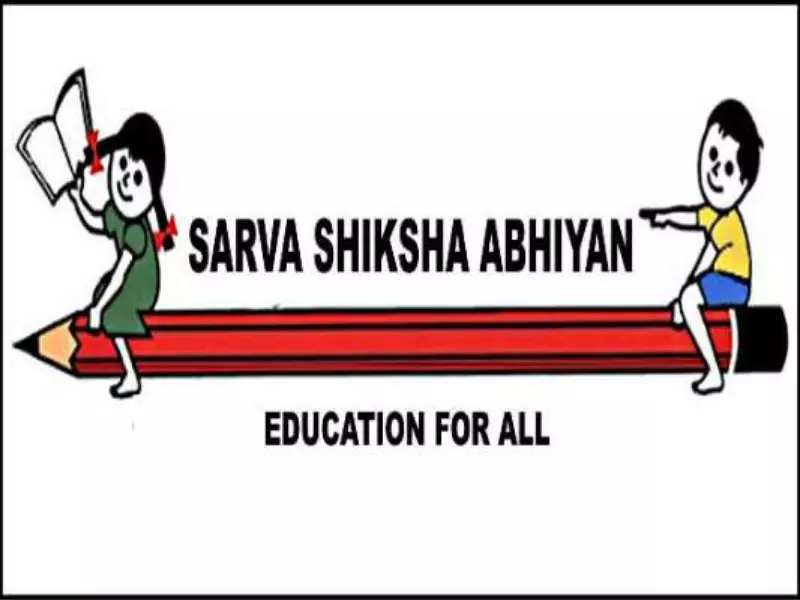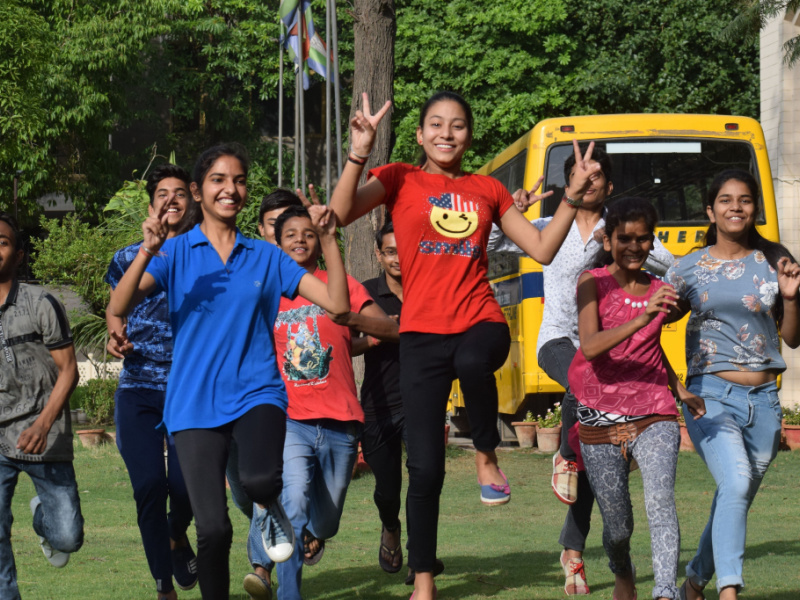
Objective:
- This scheme is designed to provide medical facilities to the central government employees on service and the pensioners and their dependent family members.
- Under this scheme, even the former members of parliament, Judges of the Supreme court and High court, Freedom fighters, former Governors and former Vice-Presidents of India are provided with medical services.
The vision of CGHS:
- To become a final stop in providing quality medical services to central government employees, pensioners, and dependent families.
- To ensure that affordable and accessible quality health care is provided to the employees by compassionate medical professionals.
- To create an environment of honesty, mutual respect, trust, relationship and equality.
Components of CGHS:
There are specific components that are under this scheme based on the needs and preferences of the employee:
- Consultation services, dispensary services and domiciliary care.
- Hospitalisation
- Laboratory examinations
- Provide health education to the employees and their families.
- Supply of medical requirements.
- Provide Family welfare services and maternal and child care services.
Eligibility Criteria:
- All the employees who receive wages from central Civil estimates, who are serving, pensioners and their dependent families, are eligible for this scheme.
- Parliament members, former and lieutenant Governors, former Vice-Presidents of India, Present and retired judges of the Supreme court and the High court can use this scheme.
- Post and Telegraph Department employees, Delhi police personnel, Freedom fighters, Press Information Bureau journalists and Railway board employees are eligible for this scheme.
Scheme Highlights:
- This scheme was first launched in Mumbai in 1994 with 7 dispensaries at the initial stage. Later on, it expanded to Western, Central and harbour areas of the city.
- There are 26 Allopathic centres, 2 Polyclinics, 3 Dental units, 2 Ayurvedic units, 3 Homeopathic units, 4 labs and a Radiology unit.
- If the medicines are not available at the dispensaries, they are procured through local authorised medical shops and provided to the patients.
- For any further updates or information about the scheme, one can follow the instructions on the website: https://chgs.gov.in/.
- This scheme is maintained by the Ministry of Health and Family Welfare.
- At present, in CGHS Mumbai, there are a young, dynamic and helpful team of doctors specialising in Allopath, Homeopathy, Ayurveda and Dental unit, and other senior experienced doctors.
Beneficiaries of CGHS:
- The former employees and the current employees of the Indian parliament
- Lieutenant and former governors of India.
- Freedom fighters of the country.
- The Current and former judges of the Supreme Court and High court of India.
- Former Vice-Presidents of India.
- Qualifies journalists of PIB.
- Police personnel of Delhi.
- Pensioners and Workers of selective autonomous organisations of Delhi.
Facilities provided under CGHS:
- Outpatient Department treatment and medication costs are covered under this scheme.
- Consultation at the polyclinic or government hospitals is facilitated for employees.
- Employees can receive indoor treatment at CGHS empanelled hospitals or Government hospitals.
- Employees can receive reimbursement for treatments and purchase medical appliances like hearing aids, artificial limbs etc.
- Child health services and maternity services, and family welfare are also facilitated under this scheme.
- Cashless facilities are provided in CGHS empanelled hospitals and diagnostic centres.
- Dispensing medicines for AYUSH and medical consultation is also provided.
Treatments not covered under CGHS:
- The employee can avail of the treatment at any hospital under this scheme in an emergency. Still, the reimbursement can be done only at the Additional General, where the CGHS card is registered.
- CGHS scheme will reimburse only at the cost mentioned under the CGHS. But the employee needs to be treated at Additional General, where the CHGS card is registered.
CGHS Card:
A CGHS card is a plastic card that consists of a photo ID and a beneficiary ID number provided to every Central Government employee by the Indian government. The employee should produce this card to avail the benefits of this scheme. If the card is lost, the employee must report to the CGHS authorities and police station. The employee needs to submit a copy of the FIR application and a penalty of Rs.50 to obtain a duplicate copy of the card.
The CGHS card is generally white with a coloured strip on it. However, the colour of the strip is decided based on the cardholder’s status.
- The card having a red colour strip is for the member of the parliament.
- The card having a blue colour strip is for the government employee.
- The card having a green colour strip is for Freedom fighters, pensioners, Retired personnel or an ex-MP.
- The card having a yellow colour strip is for journalists and beneficiaries of an autonomous company.
Features of the CGHS Card:
- Once the CGHS card is expired, it needs to be returned to the concerned department. The employee should submit a form with the necessary details for the card renewal.
- The CGHS card is not transferrable from one employee to another employee.
- Penalties will be levied, and authorities will take disciplinary actions if the CGHS card is misused.







